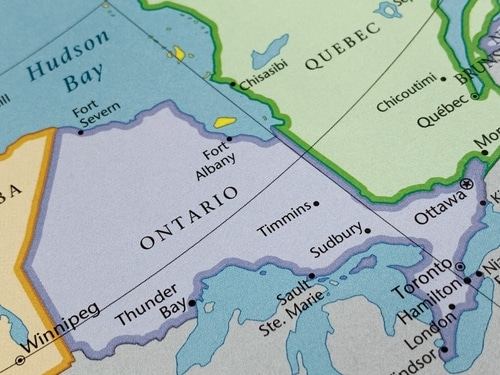Canada is the second-largest country in the world by land area. This huge landmass is divided into 10 Canadian provinces and three territories. These provinces function in a similar way to American states: they have some autonomy to set their own rules while still remaining part of the Federation of Canada. Understanding the differences between Canadian provinces will help you appreciate the diversity of this beautiful country.
At Remitly, our goal is to help you learn what you need to make a new life or just appreciate a new country. So in this article, we’re going to take a look at Canada’s 10 provinces and explore some key facts. We’ll explore the economies, biggest cities, and distinct cultures and landscapes of each of them. If you’re considering making a move to Canada, this will give you a better understanding of each province and which might best suit you.
What are Canada’s provinces and territories?
Canada’s 13 regions—the 10 provinces of Canada and the three territories—all have their own government and distinct identity. The provinces are:
- British Columbia
- Alberta
- Saskatchewan
- Manitoba
- Ontario
- Quebec
- New Brunswick
- Nova Scotia
- Prince Edward Island
- Newfoundland and Labrador
The three territories are:
- Yukon
- Nunavut
- Northwest Territories
So what’s the difference between a province and a territory? Essentially, it comes down to how they got their governing authority.
Canada’s 10 provinces were granted their powers from the Constitution Act of 1867. This gave them significant control over things like education, healthcare, and their natural resources.
What about the Territories?
Territories don’t have quite the same constitutional standing. Their powers are delegated by the federal government, which retains more control over territorial affairs, including laws and resource management.
Each of the 10 provinces, by contrast, has its own government, its own Premier—basically a provincial head of government, similar to a US state governor—and laws, just as states do in the United States.
In this guide, we’ll focus specifically on the 10 Canadian provinces. The territories are a fascinating part of Canada, too, but between them they’re home to only 0.32% of the Canadian population. All three are in the north of Canada, and it’s to the southern provinces that most newcomers and visitors go.
An overview of the Canadian provinces
Canada’s 10 provinces stretch from the Pacific Ocean in the west to the Atlantic Ocean in the east, spanning the whole of the North American continent. Each province has its own identity, economy, and appeal, so let’s take a look at them, moving west to east.
Western Canada
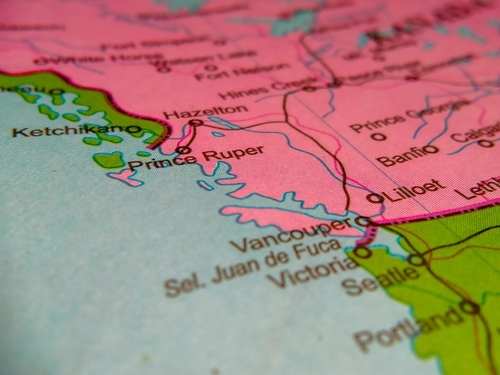
Home to some of Canada’s most dramatic landscapes, Western Canada combines ocean views, mountain peaks, and vast forests. It’s a region famous for its outdoor lifestyle and milder coastal climate.
British Columbia (BC)
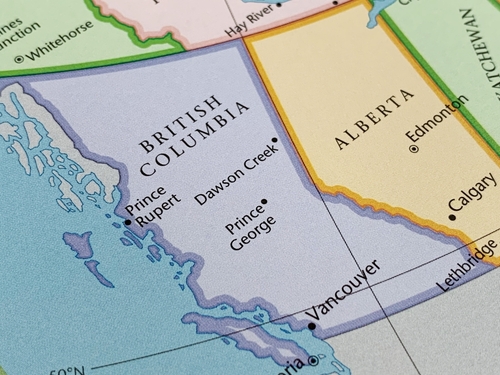
Canada’s most westerly province, British Columbia, is around twice the size of California, occupying nearly 1,000,000 km². This makes it bigger than most countries, and yet it’s home to only 5.7 million people. Around 3 million of those people live in the southern city of Vancouver and its suburbs, meaning this vast province has huge areas of unspoiled wilderness where few humans ever venture.
It’s a province known for its natural beauty, with much of it being mountainous and forested. It also has thousands of kilometres of rugged coastline, including Vancouver Island, a large island that sits off the west coast of the mainland and is home to the province’s capital city, Victoria.
BC has seven National Parks and hundreds of provincial parks, and it’s this scenic beauty, along with some other factors, that makes this one of the most popular provinces for newcomers, both from across Canada and from overseas.
BC’s strong economy is driven by forestry, tourism, and a growing tech sector. It’s another reason people want to move there, along with its mild climate, particularly in Vancouver and Victoria. Unlike much of Canada, the two biggest cities of British Columbia have a temperate coastal climate where snow is uncommon and the extreme low winter temperatures of Canada’s north are rare. They do, however, get plenty of rain.
The province’s very popularity has a bit of a downside. Vancouver, in particular, has the highest real estate prices in the entire country—among the highest in the world, in fact. British Columbia can often look like paradise, but its incredible lifestyle doesn’t come cheap.
Alberta
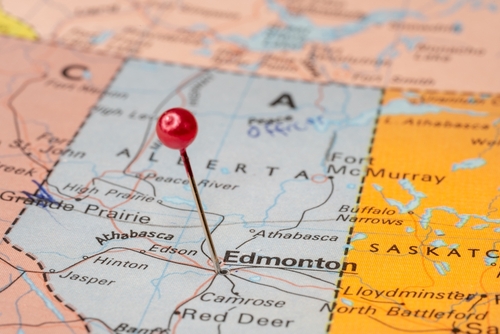
Alberta, like BC, has plenty of natural beauty. That’s especially true of its Rocky Mountain national parks, Banff and Jasper. As you head east, the mountains give way to sweeping prairies known for cattle ranching and farming. Even in the province’s largest city, Calgary, you can get a glimpse of the cowboy culture of Alberta in the annual Calgary Stampede.
Alberta is home to incredible deposits of oil and natural gas. These have made it one of the wealthiest provinces in Canada, and its cities, particularly Calgary and the capital Edmonton, are some of the fastest-growing in the country. For decades, Alberta has had some of the best economic opportunities anywhere in Canada, which makes it an attractive place to live.
Saskatchewan
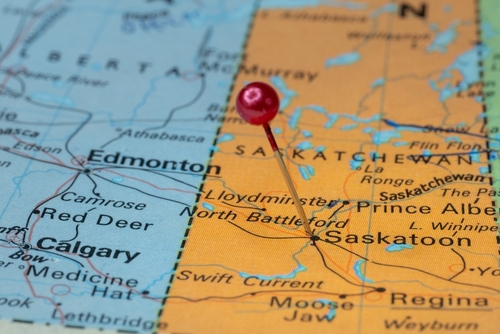
Located to the east of Alberta, Saskatchewan is known as the Land of Living Skies thanks to its seemingly endless golden prairies and brilliant sunsets. Its largest city, Saskatoon, has a population of just over 300,000, while the provincial capital, Regina, has around 260,000 residents. Their smaller populations give even the biggest cities here a small-town feel.
Thanks to all those endless wheat fields, agriculture is a big economic driver. However, Saskatchewan is also rich in natural resources like potash and uranium. Saskatchewan also has tens of thousands of lakes, so fishing, boating, and ice fishing are popular activities in the region.
Manitoba
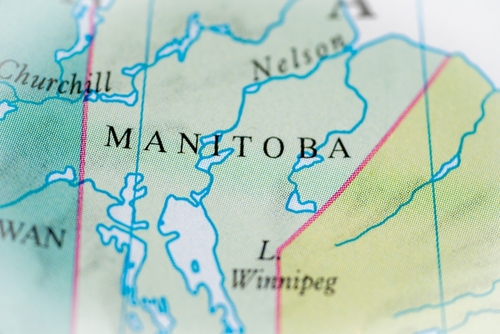
The geographic centre of Canada is Manitoba. The capital, Winnipeg, is a major cultural and economic hub with a thriving art scene. The province has a diversified economy: agriculture is important, but so are manufacturing, transportation, and finance.
Manitoba is one of the more affordable provinces in Canada, and the economic stability attracts newcomers looking to start a new life.
Central Canada

Moving east from Manitoba, you’ll find bustling cities, iconic landmarks, and some of the country’s most scenic natural areas in Central Canada.
Ontario
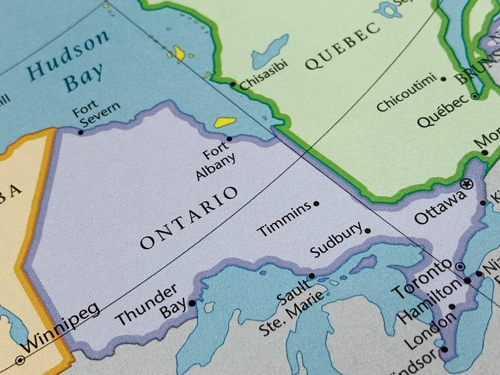
Ontario is the most populous of all the provinces in Canada, and the driver of the national economy. It’s home to Toronto, the largest city in Canada, as well as the national capital, Ottawa. It’s famous for landmarks like the CN Tower and Niagara Falls, and has an extensive coastline on four of the five Great Lakes, which are more like inland seas than normal lakes.
Ontario offers a great mix of the liveliest urban life in Canada and some spectacular natural areas. As the most populous province and the economic capital of the country, it attracts more immigrants than any other province. The result is that Toronto is often considered among the most cosmopolitan cities in the world, with roughly half its population made up of immigrants to Canada.
Québec
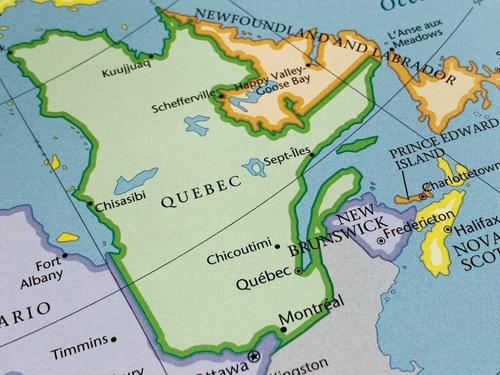
All of Canada’s 10 provinces are unique, but Québec may justifiably claim the most distinct cultural identity among them. This province, the largest in the country, has French as its only official language, and it’s the only province in Canada where the majority of people speak French as their first or only language.
You can see this in the local culture, too. The streets of Montréal, and even more so the capital Québec City, often feel more like Europe than North America. That’s because Québec was once part of France, and only became part of Canada after the Seven Years’ War in the 18th century.
To this day, fiercely independent Québec maintains its own culture and laws. Although the movement to separate from Canada is not as strong as it once was, its continued existence reflects the fact that many Quebecers consider themselves a nation within a nation.
Atlantic Canada
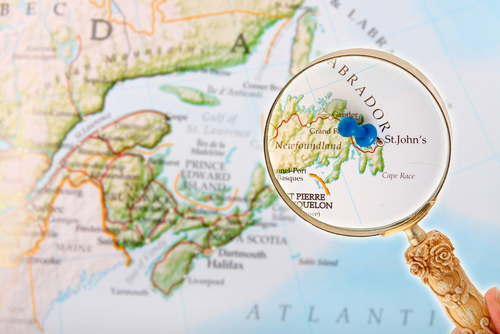
We’ve reached the eastern end of the country, where Atlantic Canada welcomes visitors and newcomers with rugged coastlines, charming towns, and a rich blend of English and French heritage.
New Brunswick

Canada’s officially a bilingual country, but New Brunswick is the only officially bilingual province. Both English and French, particularly the Acadian variety, are widely spoken here. New Brunswick is known for the majestic Bay of Fundy, and the region’s economy is based on forestry, fishing, and mining. The province is celebrated for its natural beauty and friendly communities, and relatively affordable cost of living.
Nova Scotia

Nova Scotia juts out into the Atlantic Ocean and is known for its rugged coastline, lighthouses, and deep maritime heritage. The capital Halifax, renowned for its seafood, is a vibrant port city with a rich history and warm hospitality. The Nova Scotian economy is driven by fishing, tourism, and shipbuilding.
The region’s unique culture features heavy Scottish and Irish influences, which you can hear in the local accent. Full of scenic beauty and unique treasures, this is another province that demonstrates Canada’s human and geographic diversity.
Prince Edward Island (PEI)
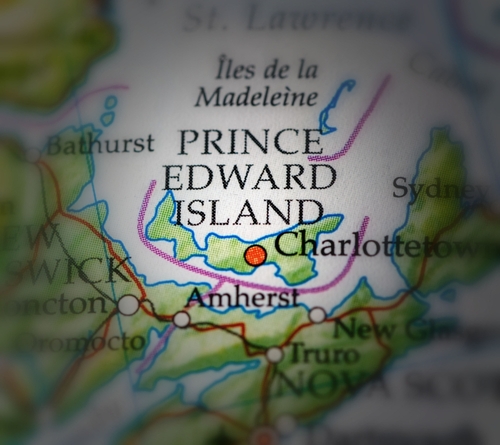
The smallest of all Canada’s provinces. Located on an island in the Atlantic, Prince Edward Island boasts some spectacular landscape and a welcoming community. The capital, Charlottetown, is known as the birthplace of Confederation, as this is where discussions over the founding of Canada as an independent nation first began in 1864.
The economy is centred on agriculture, fishing, and tourism, and this province offers a peaceful pace of life amid its natural beauty.
Newfoundland and Labrador
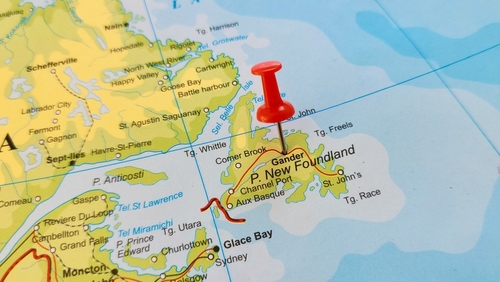
The most easterly of Canada’s 10 provinces, Newfoundland and Labrador has dramatic cliffs, icebergs, and centuries of seafaring tradition. The capital, St. John’s, is one of North America’s oldest cities and is known for its colourful rowhouses and friendly locals.
Historically, Newfoundland depended on the fishing industry, but these days, oil, gas, and mining help drive the province’s economy. The unique accent, dialects, and storytelling tradition of the province make it truly distinctive.
Finding your place in Canada’s provinces
Part of the richness and diversity of Canada is that each of its provinces offers something different. From the unrivalled scenic beauty of British Columbia to the urban buzz of Ontario and the old-world charm of Québec, it’s easy to find a place in this vast country that works for you.
If you’re trying to choose a province to live in, it’s worth analyzing your own personal priorities. Are you looking mostly for career opportunities, looking for a low cost of living, or trying to be close to nature? It’s also worth noting that many provinces offer their own pathways to immigration if you have a trade or qualifications that they need, and this can help you make your decision.
Consider the kind of life you want to live in Canada, and that’ll help guide you to the province that works best for you. Whichever place you finally choose, you’ll find something to love in each of Canada’s 10 provinces.
FAQs
What’s the most popular province?
Ontario gets the most immigrants of any Canadian province, and is home to around 40% of the country’s population. That’s because it has some of the best career opportunities, thanks to major cities like Toronto and Ottawa.
Which province is the easiest to immigrate to?
Many provinces, including Saskatchewan and Alberta, have Provincial Nominee Programs for immigration. If you have the skills these provinces are looking for, they can help you immigrate faster. Québec also offers preferential immigration for French speakers.
What’s the cheapest Canadian province to live in?
Affordability varies a lot from one place to another. In general, though, provinces like Newfoundland and Labrador and New Brunswick have the lowest cost of living in Canada, especially when it comes to housing. By contrast, Ontario and British Columbia have the highest cost of living in the country.
Which province in Canada speaks French?
Québec is the only province where French is the only official language. New Brunswick is officially bilingual, so you can get by in English or French.
In other provinces, French-speaking communities are common, but it’s hard to get by on a day-to-day basis without speaking English. Note that any federal government services you need, from immigration to taxes, are always available in both English and French.
